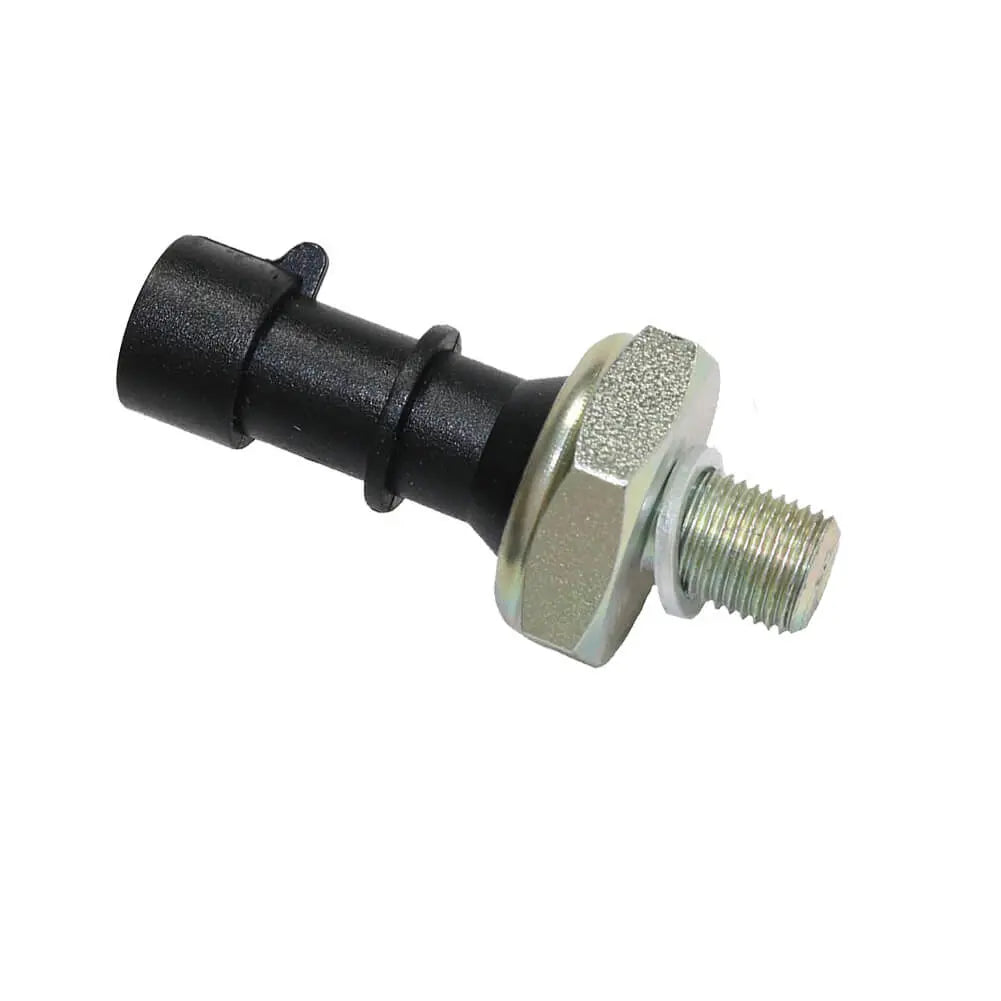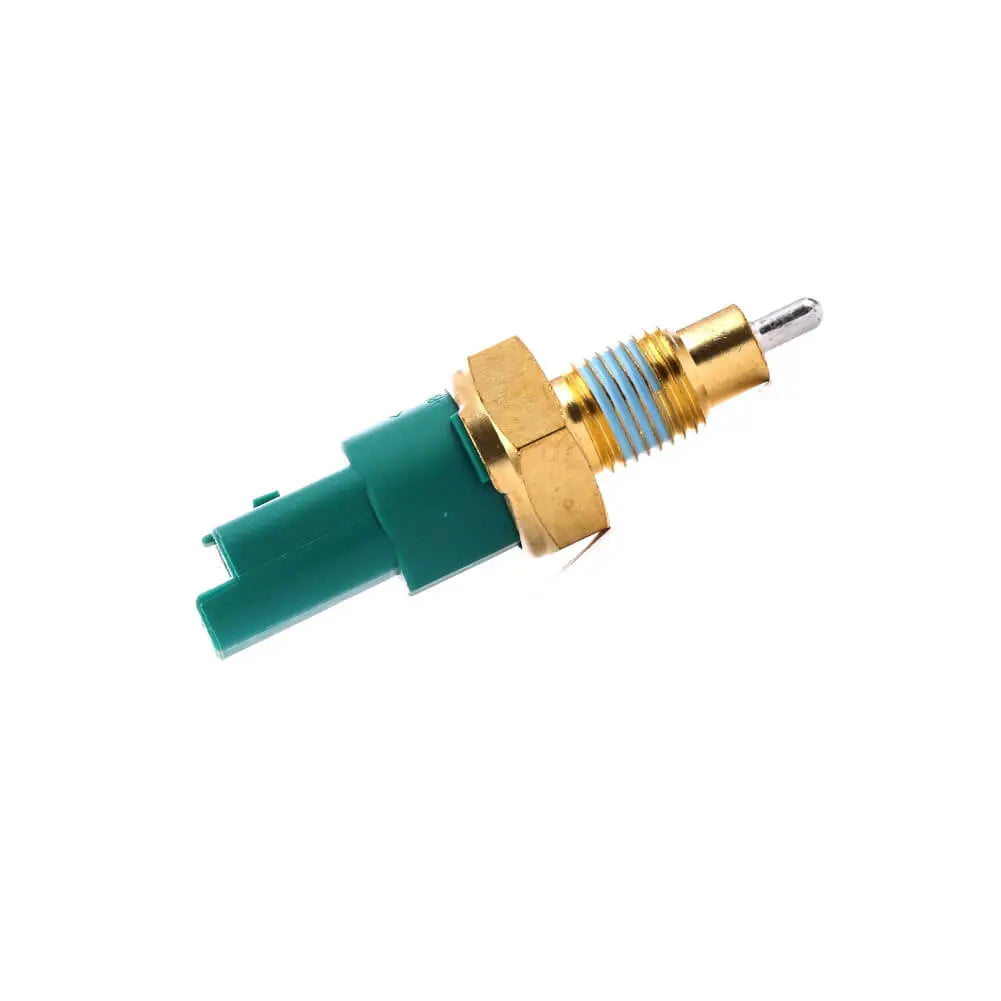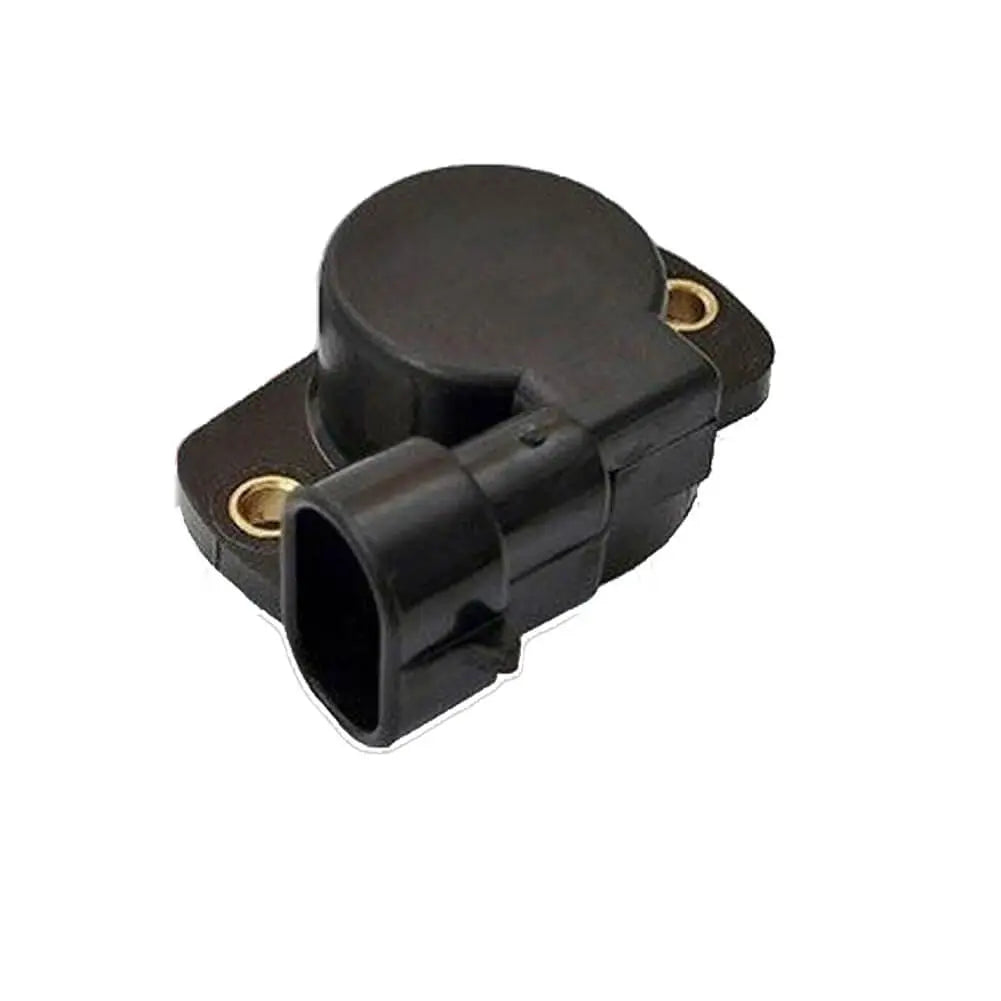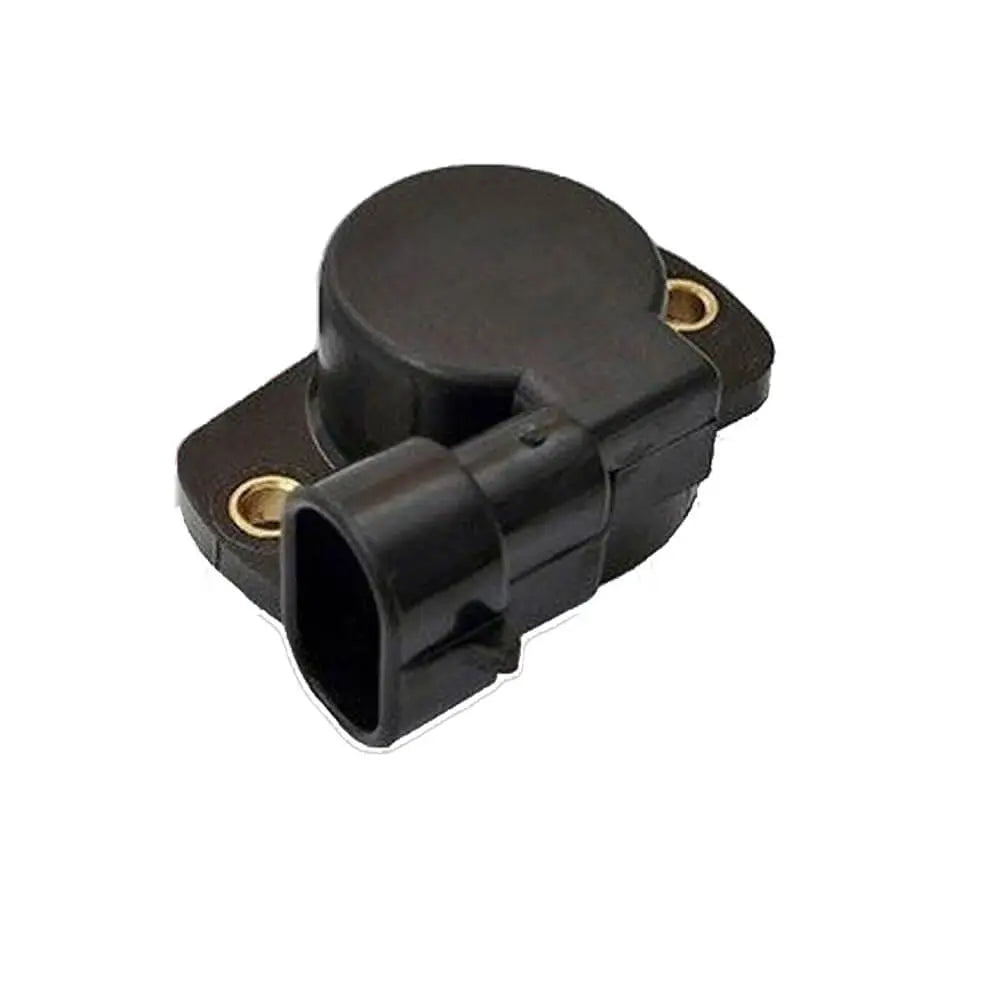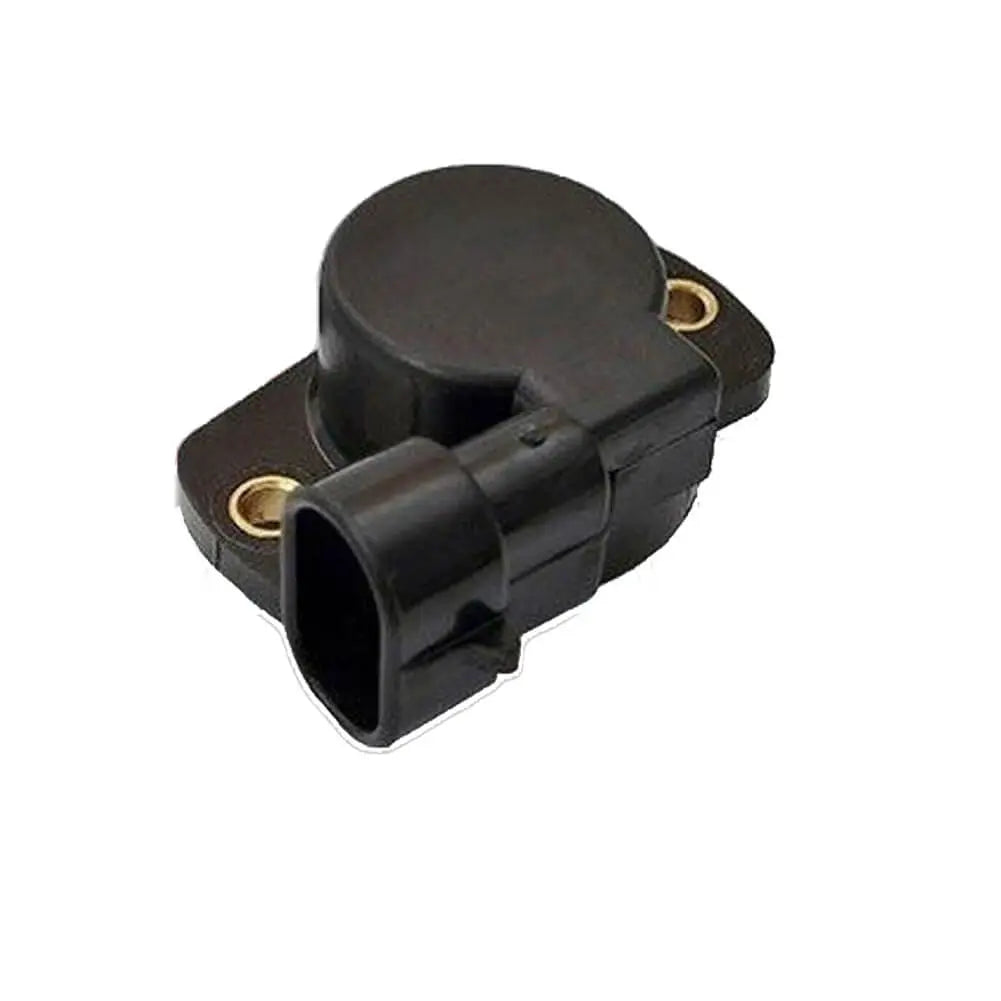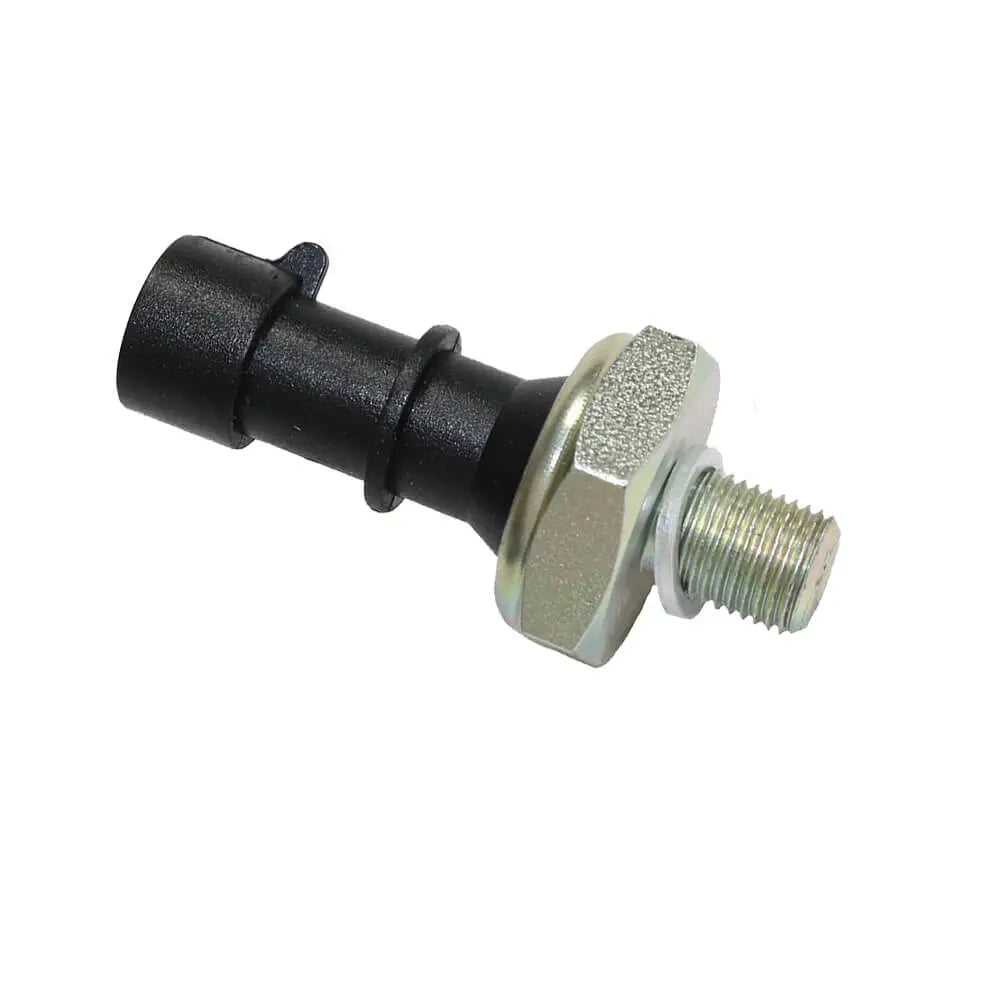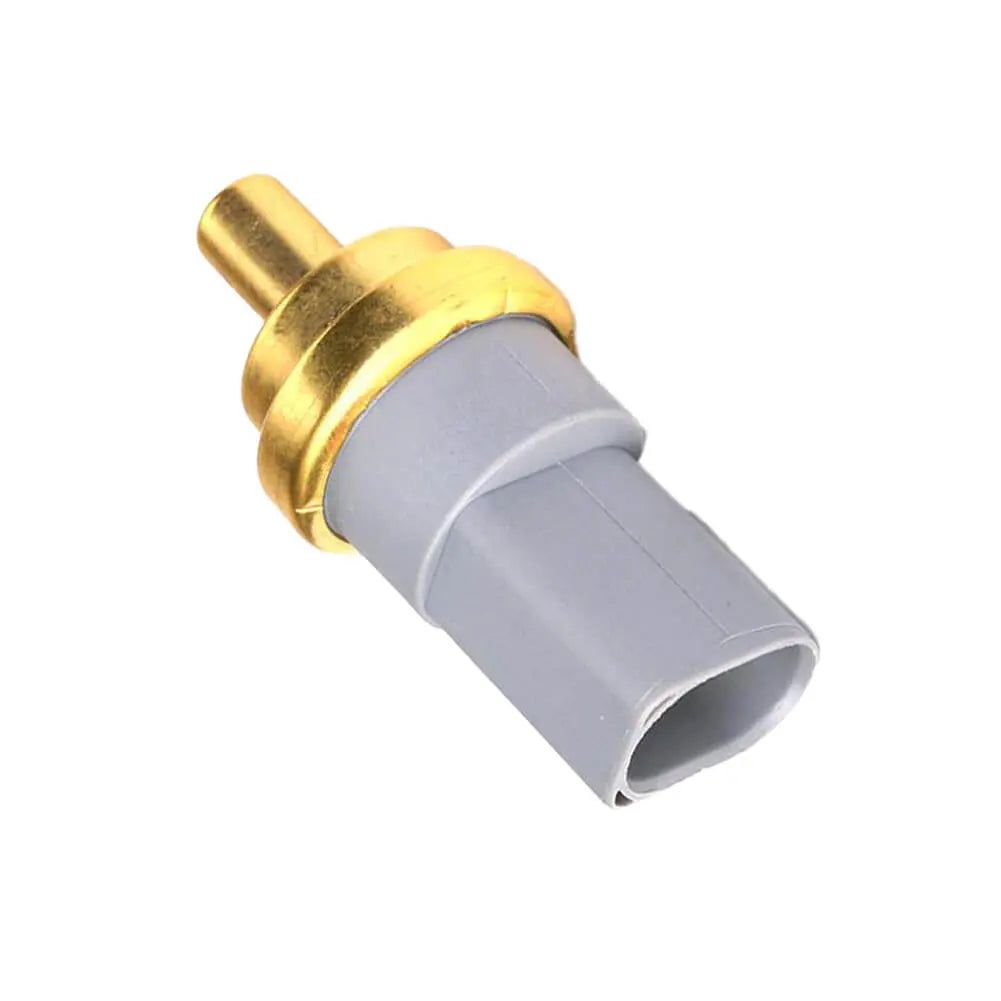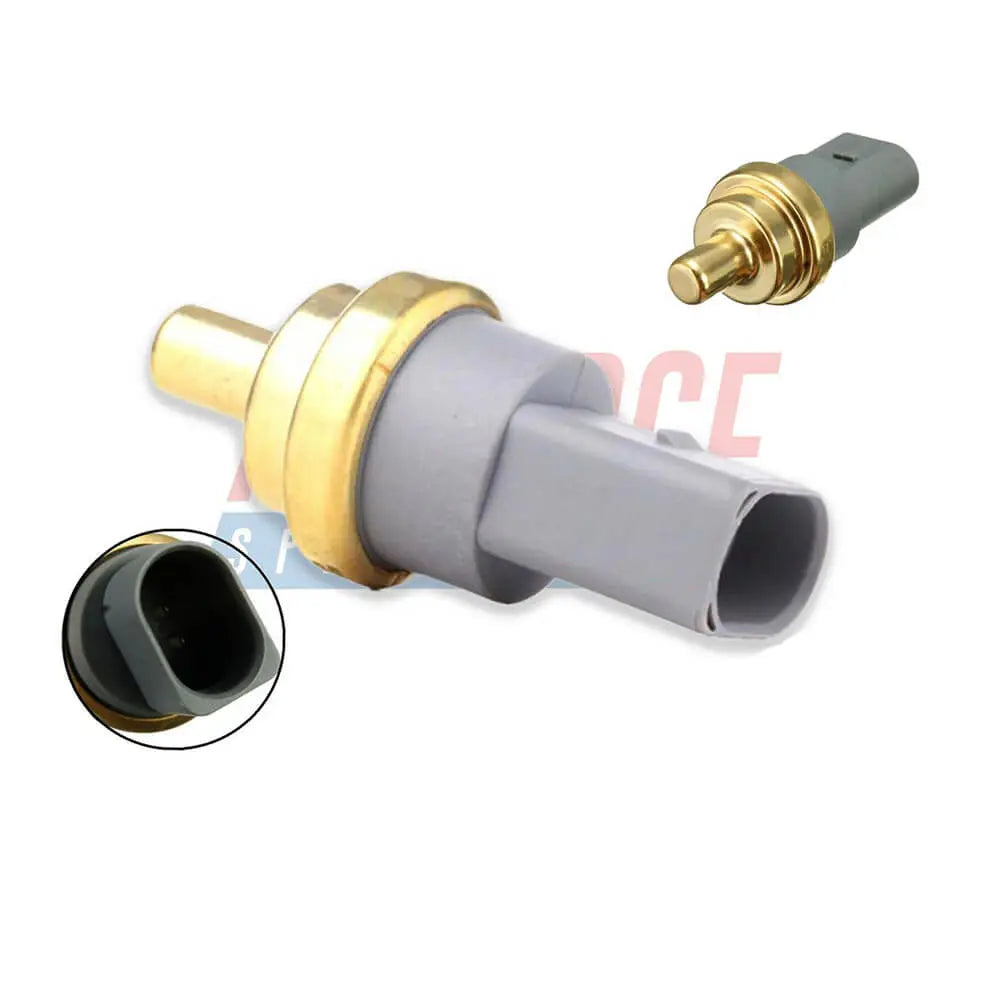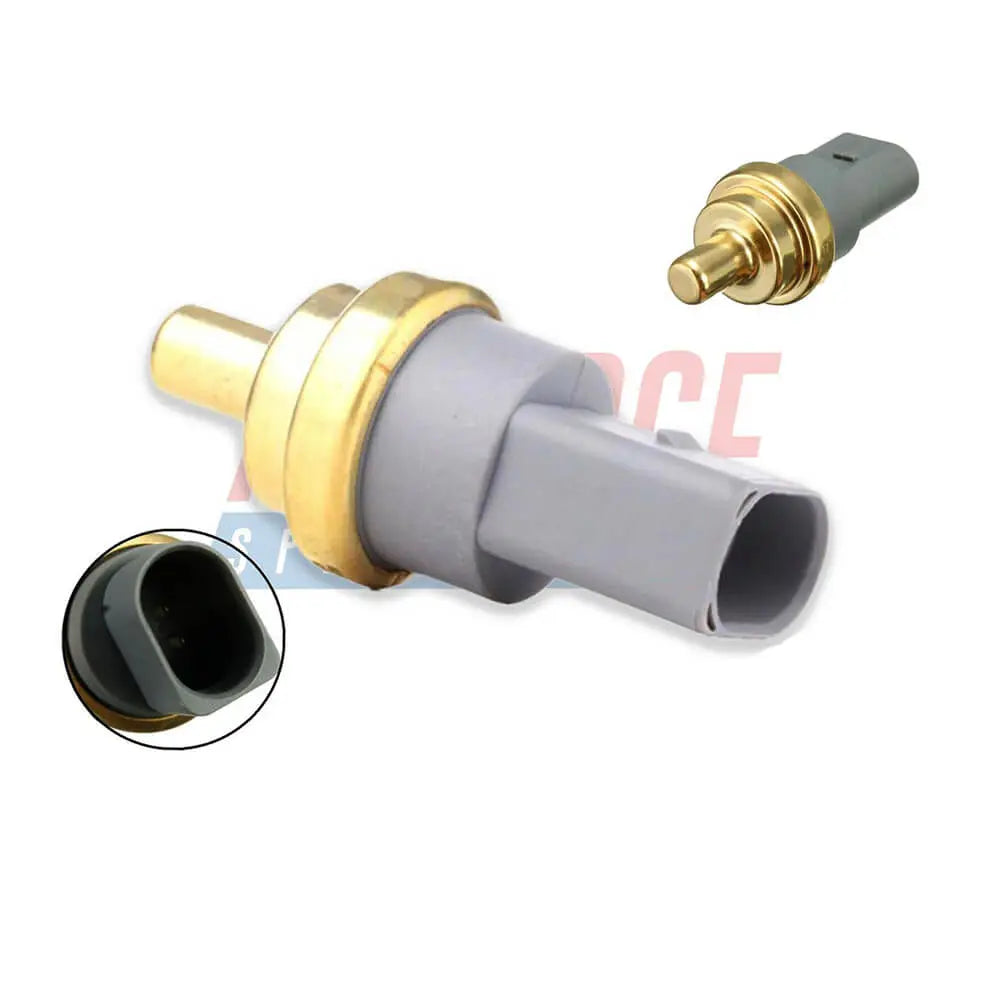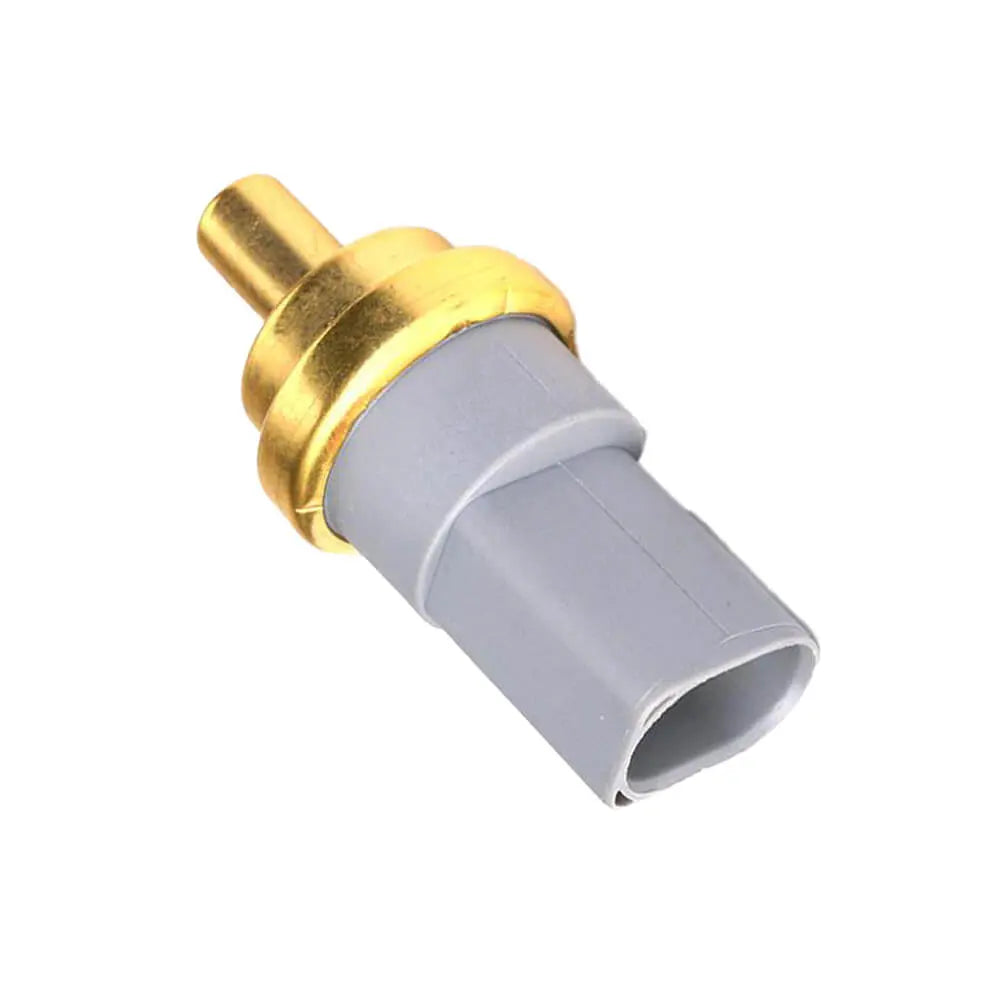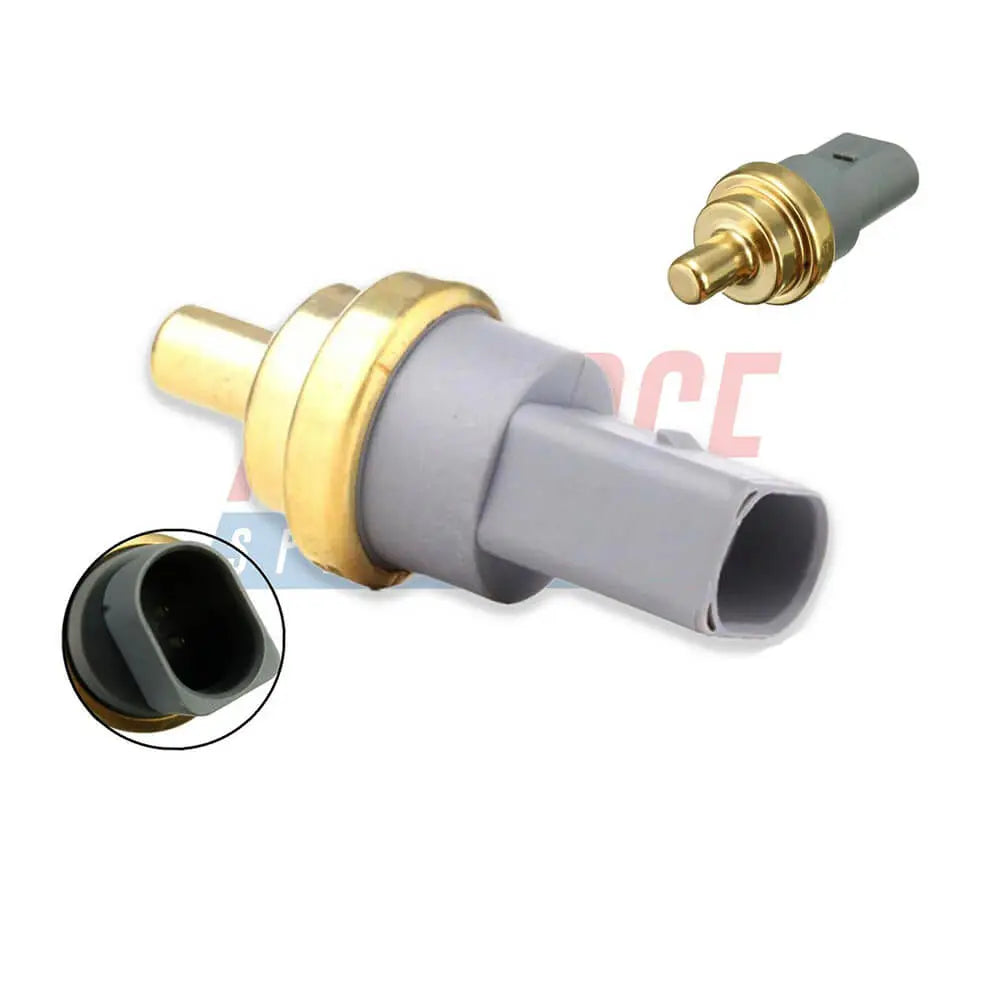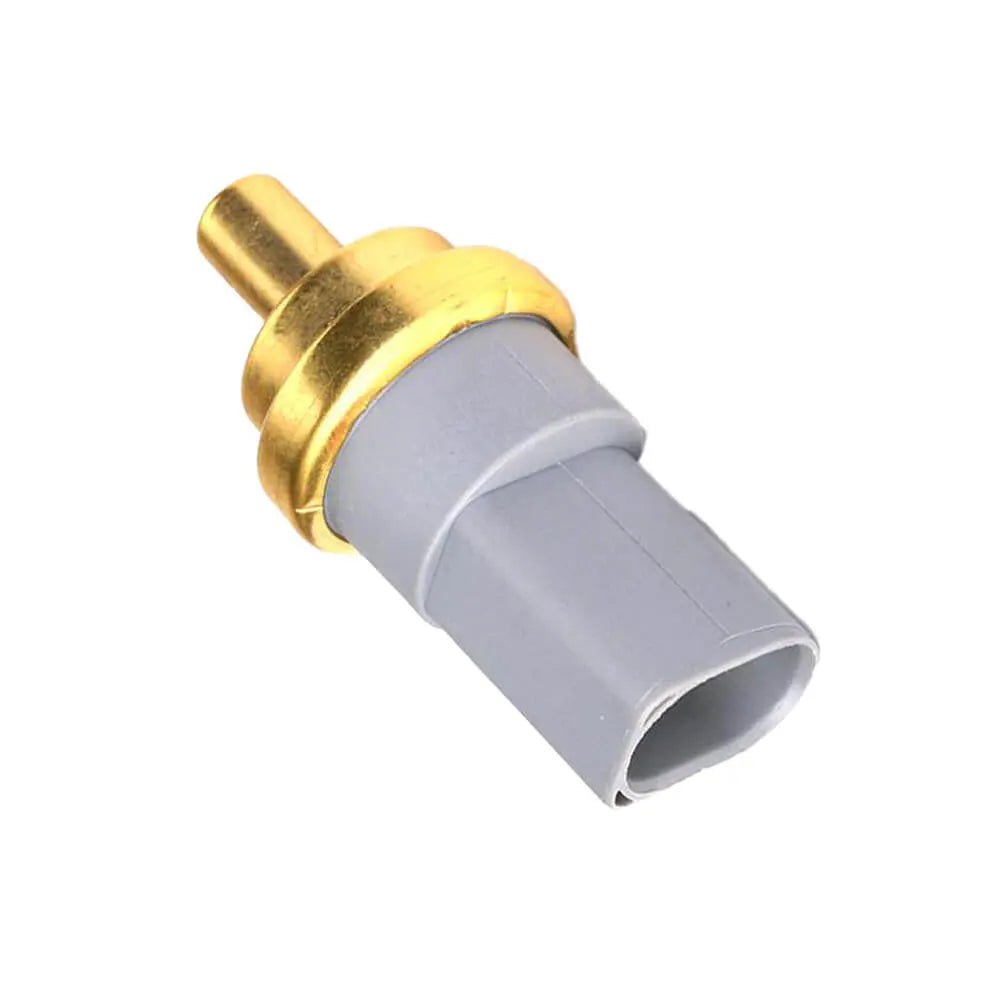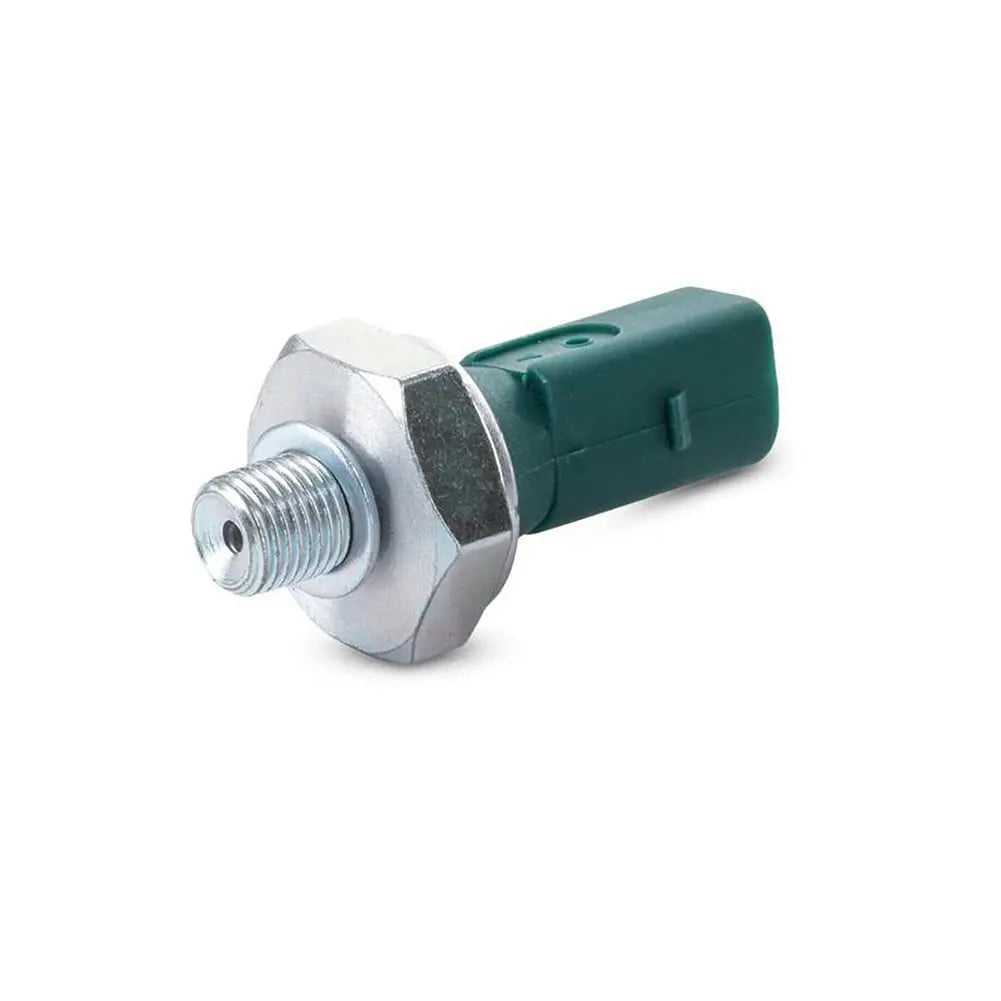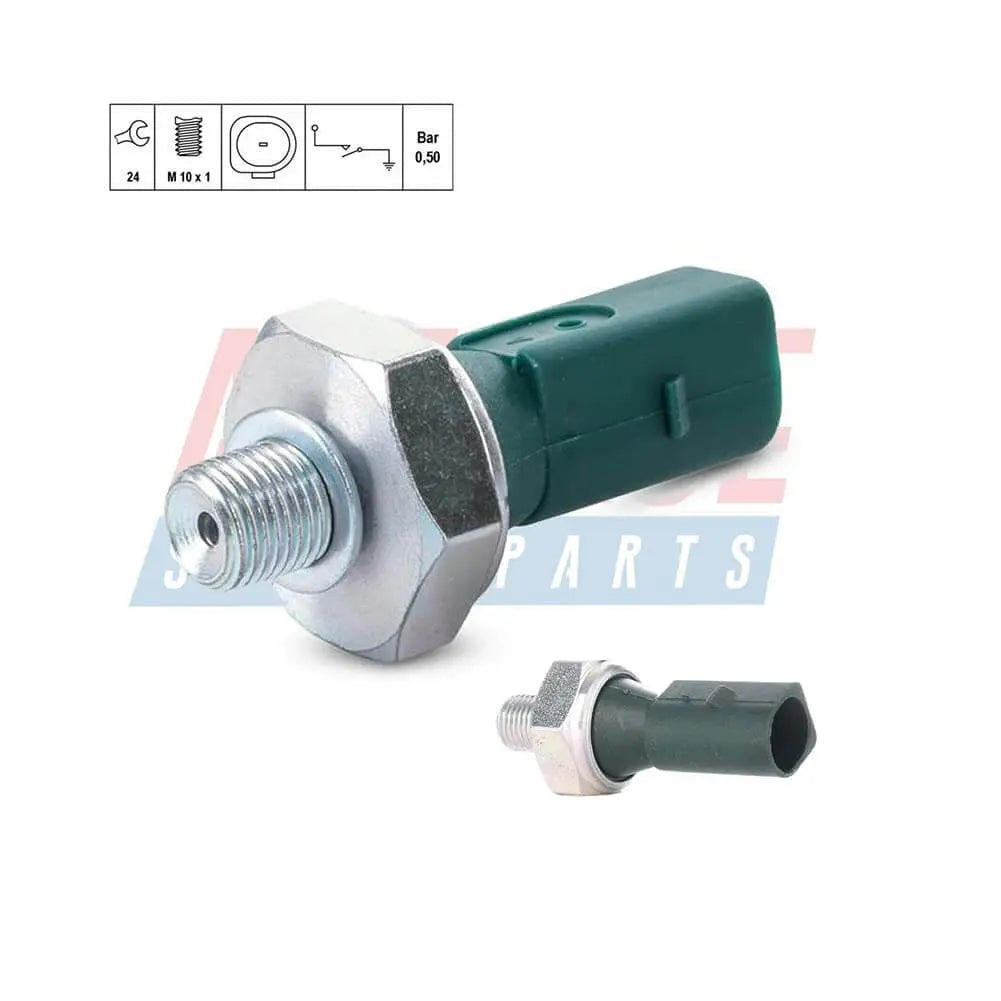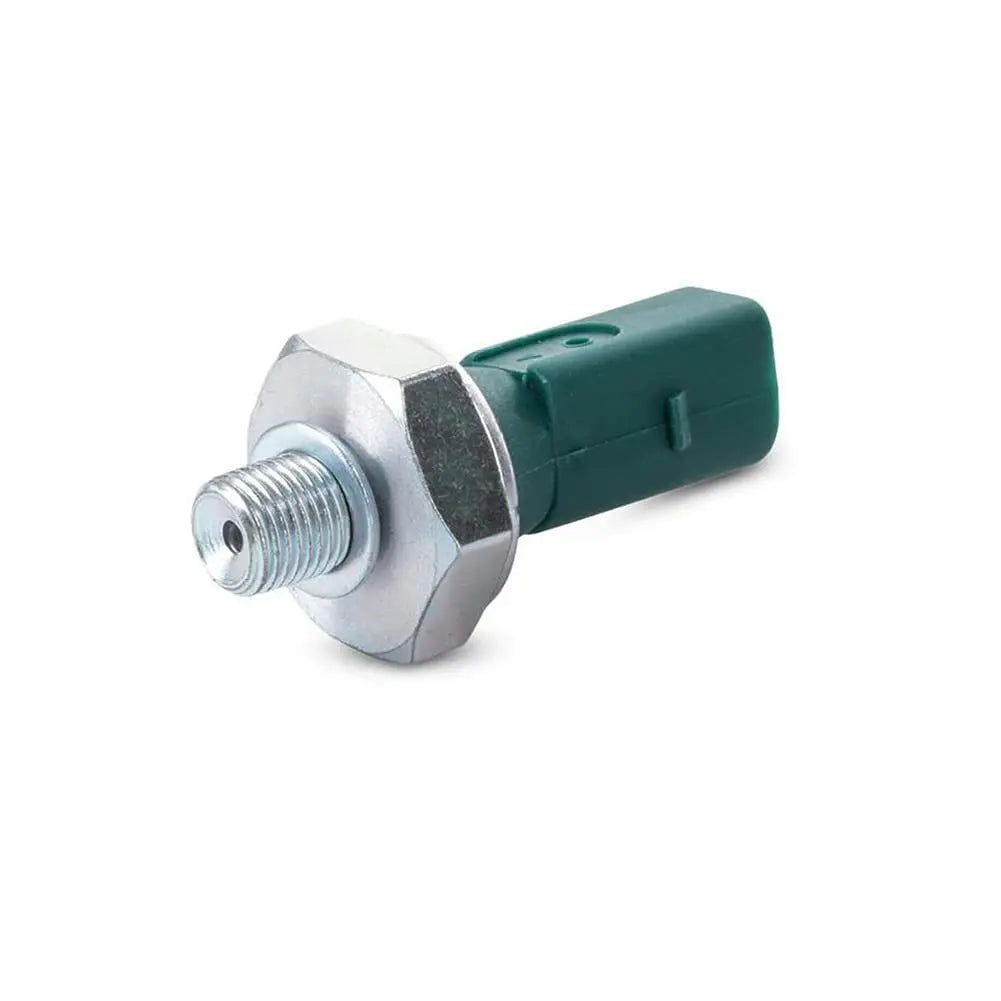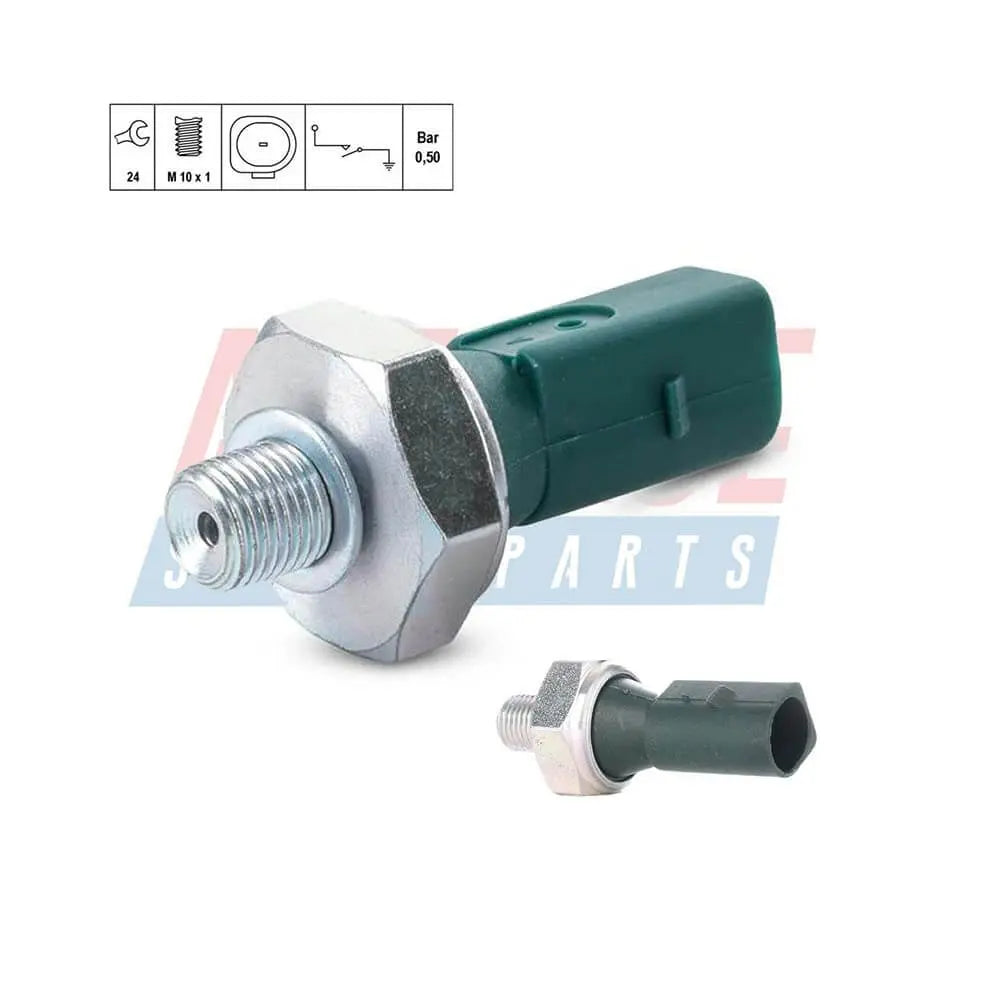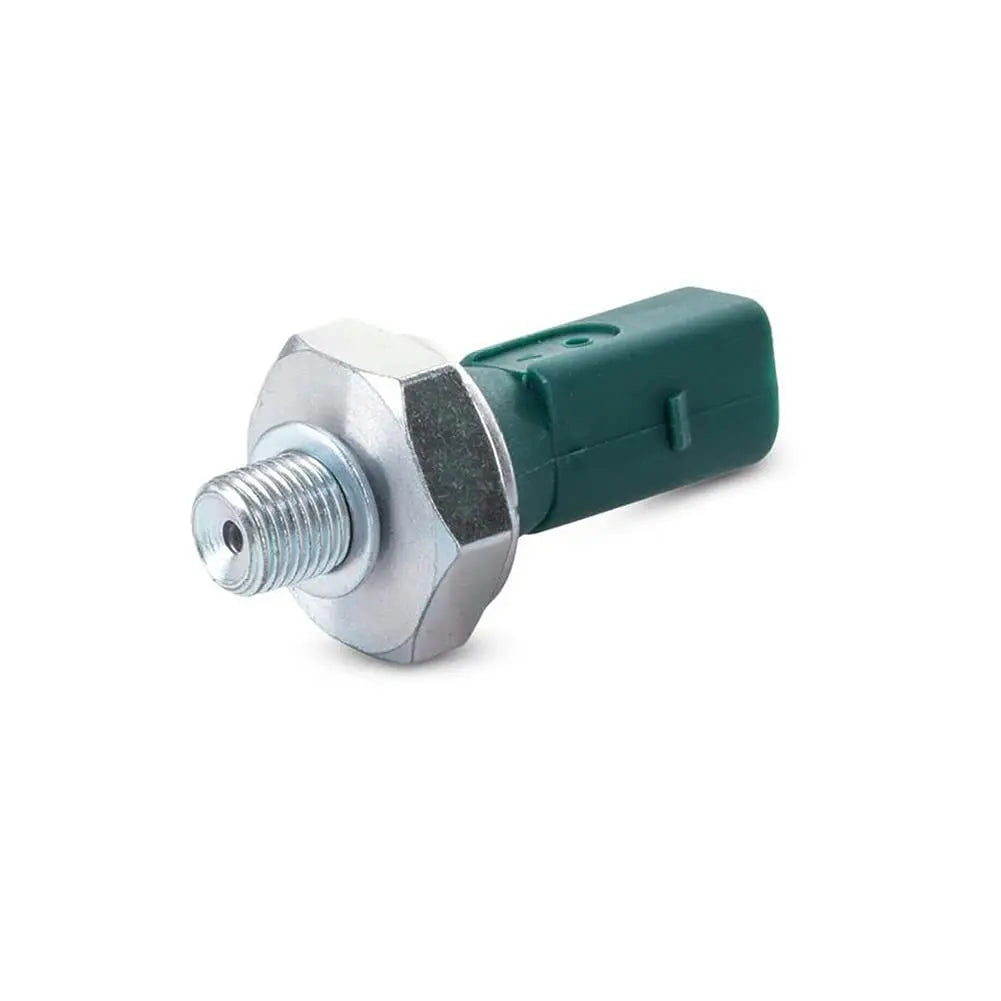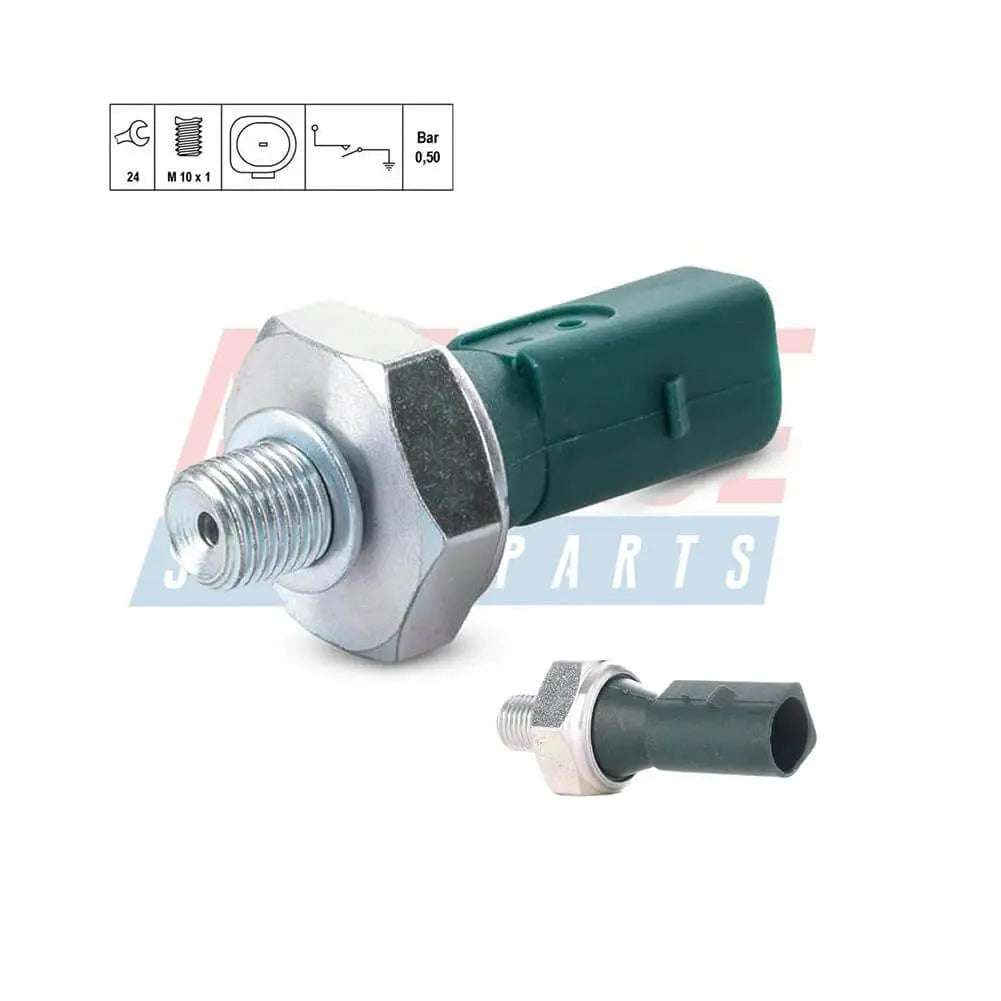Shop by Category
Sensor, Switch
42 products
Showing 1 - 24 of 42 products
The Evolution of Sensors and Switches in Modern Cars: Enhancing Safety and Performance
As technology continues to advance, the automotive industry has witnessed remarkable progress in the development of sensors and switches for vehicles. These essential components play a crucial role in enhancing safety, improving performance, and providing a seamless driving experience. From traditional mechanical switches to sophisticated sensor systems, this article explores the evolution of sensors and switches in modern cars and their impact on the automotive landscape.The Role of Sensors in Modern Cars:
Sensors in automobiles are designed to monitor and measure various parameters to ensure optimal performance and safety. They gather data from different parts of the vehicle and transmit it to the car's electronic control unit (ECU) for analysis and action. Here are some key sensor types found in modern cars:1) Temperature Sensors: These sensors monitor the temperature of the engine, transmission, and coolant, helping to prevent overheating and ensuring efficient engine performance.
2) Oxygen Sensors: Also known as lambda sensors, they measure the oxygen content in the exhaust gases, allowing the ECU to adjust the air-fuel mixture for improved fuel efficiency and reduced emissions.
3) ABS Sensors: Anti-lock braking system (ABS) sensors monitor the rotational speed of the wheels, enabling the system to prevent wheel lock-up during braking and maintain steering control.
4) Acceleration Sensors: These sensors detect the acceleration of the vehicle and provide crucial information for safety features like electronic stability control (ESC), traction control, and airbag deployment.
The Advancement of Switches in Cars:
Switches have evolved significantly from conventional mechanical designs to electronic controls, enhancing convenience, efficiency, and user experience. Let's explore some notable advancements:1) Push-Button Start: Replacing traditional key ignition, push-button start systems utilize proximity sensors to detect the presence of a key fob or smartphone. This feature offers convenience and improved security by eliminating the need for physical keys.
2) Electronic Power Steering (EPS): In place of the conventional hydraulic power steering systems, EPS relies on sensors to monitor driver input and vehicle speed, enabling precise and efficient steering assistance while reducing fuel consumption.
3) Automatic Headlights: Light sensors detect ambient light levels and automatically activate or deactivate the headlights, enhancing safety and eliminating the need for manual control.
4) Rain-Sensing Wipers: Utilizing optical sensors, rain-sensing wipers detect precipitation on the windshield and adjust the wiper speed accordingly. This feature ensures optimal visibility for the driver without the need for manual intervention.
Impact on Safety and Performance:
The integration of advanced sensors and switches in modern cars has significantly improved safety and performance standards. Here's how:1) Enhanced Safety: Sensors facilitate the implementation of vital safety systems such as anti-lock braking, electronic stability control, adaptive cruise control, lane departure warning, and collision avoidance. These technologies rely on sensor data to detect and respond to potential hazards, reducing the risk of accidents and injuries.
2) Improved Performance: Sensors enable engines to operate more efficiently by providing real-time data on factors such as temperature, oxygen levels, and airflow. This information allows the ECU to optimize fuel injection, ignition timing, and other parameters, resulting in improved fuel economy and engine performance.
3) Enhanced User Experience: The incorporation of advanced switches and controls simplifies and automates various functions, providing drivers with a more intuitive and enjoyable experience. Features such as automatic climate control, keyless entry, and adaptive lighting systems enhance convenience and comfort.
The development and integration of sensors and switches have transformed the automotive industry, revolutionizing safety, performance, and user experience. From monitoring critical vehicle parameters to providing intuitive controls, these advancements have paved the way for smarter, more efficient, and safer cars. As technology continues to evolve, we can anticipate further innovations in sensors and switches, ushering in a new era of intelligent and connected vehicles.
Showing 1 - 24 of 42 products
Display
View
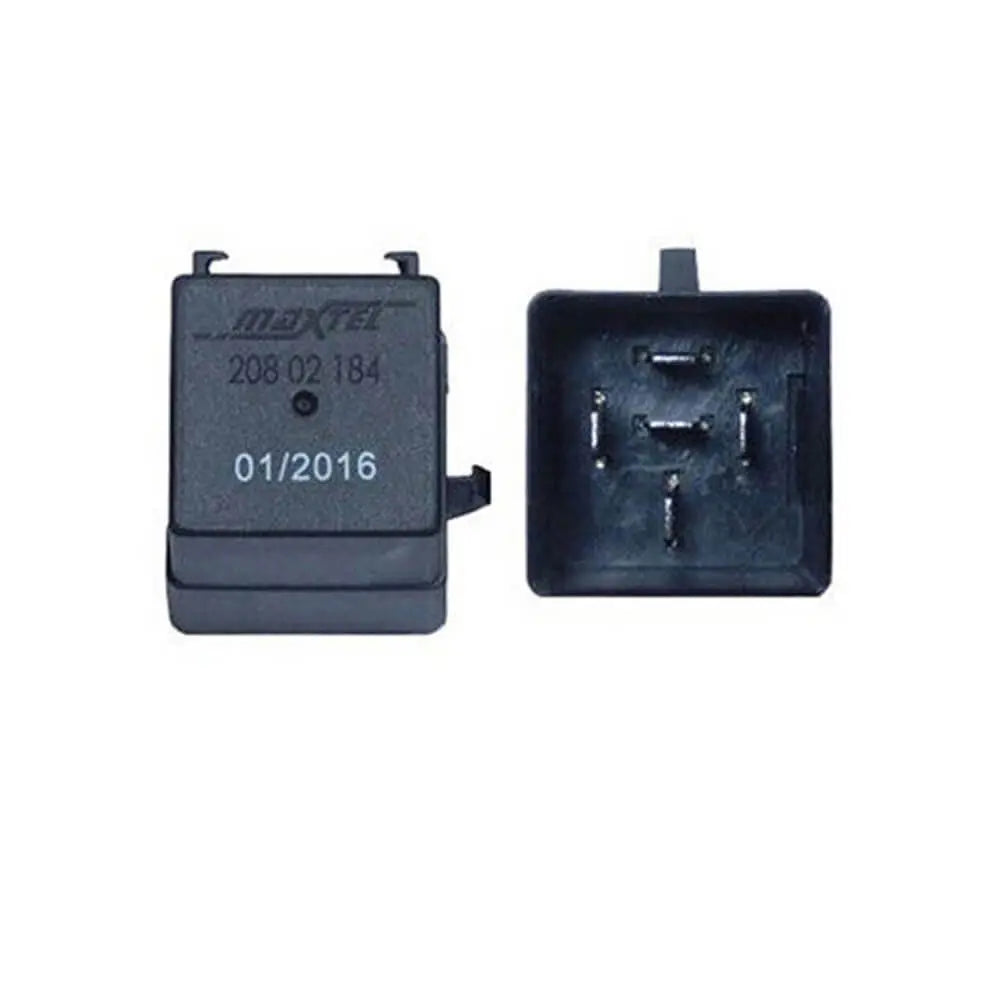

Indicator Switch Flasher Relay For Ford Transit MK6 - YC1T13350AA, 4041625, 1C1T13350AA, 4162892
Sale price£10.90
No reviews
In stock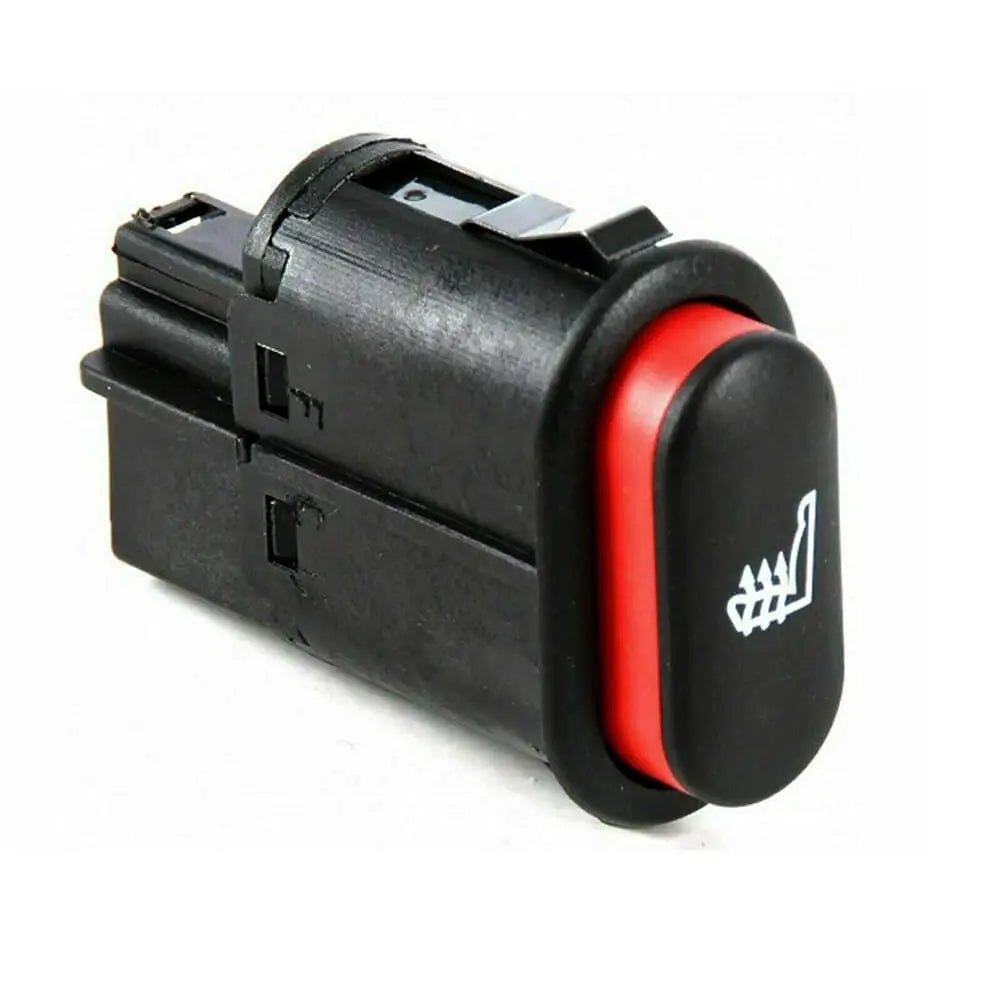

Heated Seats Switch For Ford Transit Cougar Courier Custom Escort Fiesta Mondeo Ranger Streetka - 93BG19K314AA, 6706942
Sale price£49.99
No reviews
Hurry! Stock running out!
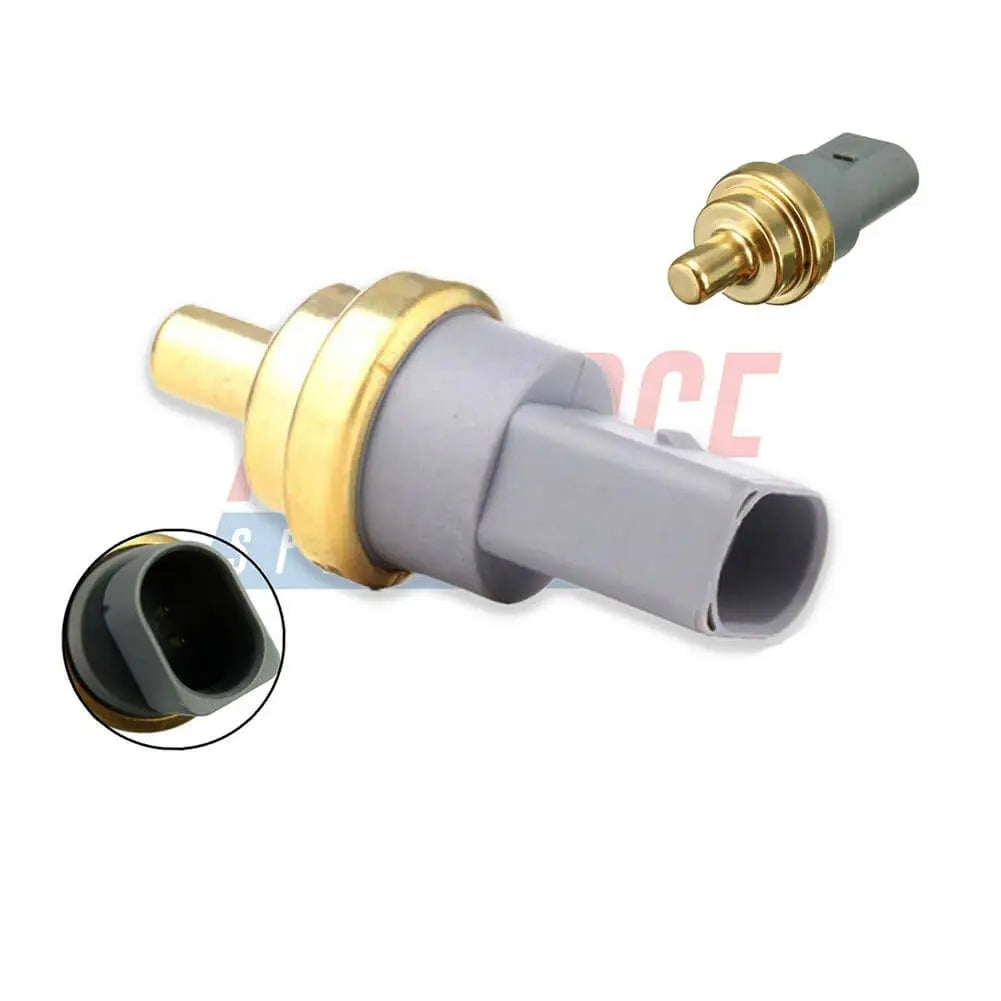
Coolant Temperature Sensor For VW Caddy Crafter Golf Passat Polo - 06A919501A, 06A919501
Sale price£9.00
No reviews
In stock

Wheel sensor ABS Wheel Speed Sensor Rear Compatible For Renault Master - 8200274801, 8200037443
Sale price£17.90
No reviews
Hurry! Stock running out!

Throttle Position Sensor For Volvo S40 - 9146315, 91463158, 0269983851, 920Q5, 9564463180
Sale price£24.90
No reviews
In stock

Oil Pressure Sensor Switch For Fiat Stilo (192) - 1252573, 1238696, 1252555,1247680, 1252573
Sale price£5.45
No reviews
In stock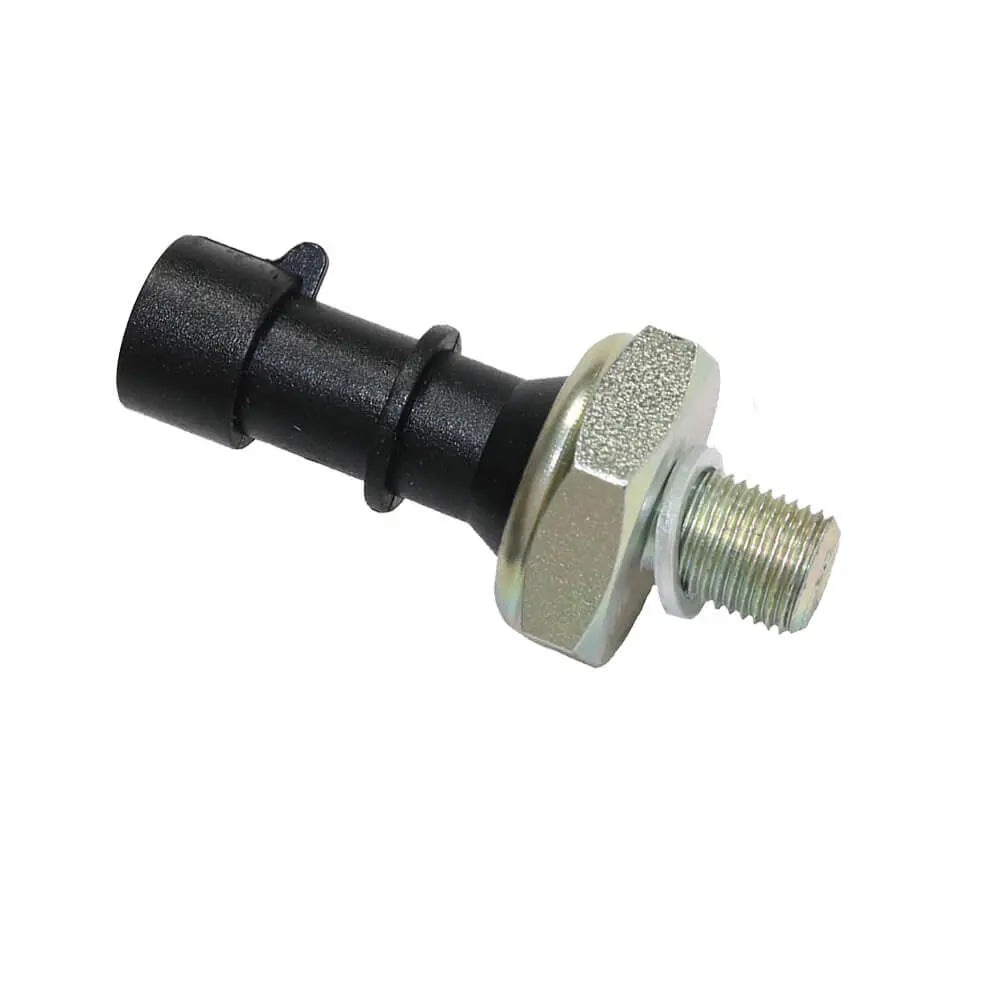

Oil Pressure Sensor Switch For Alfa Romeo 159 Saloon Sportwagon - 55354325, 55581588, 93190643
Sale price£5.45
No reviews
In stock
Filters (0)

